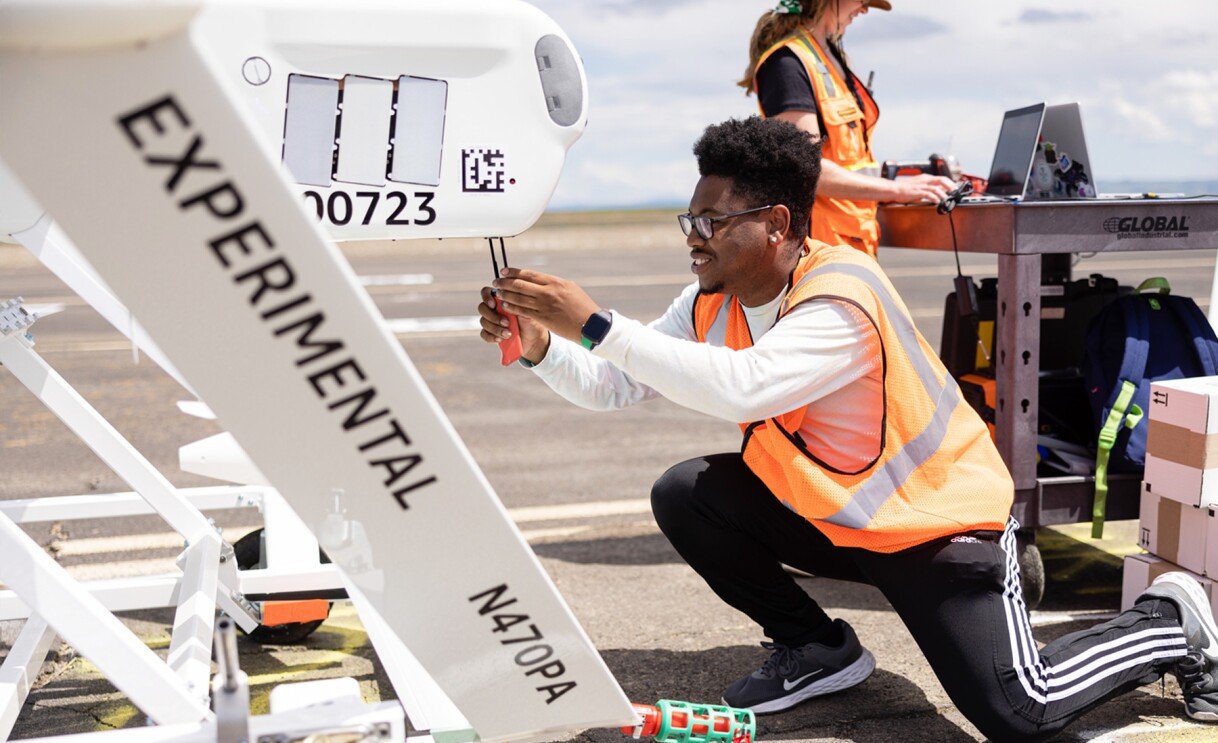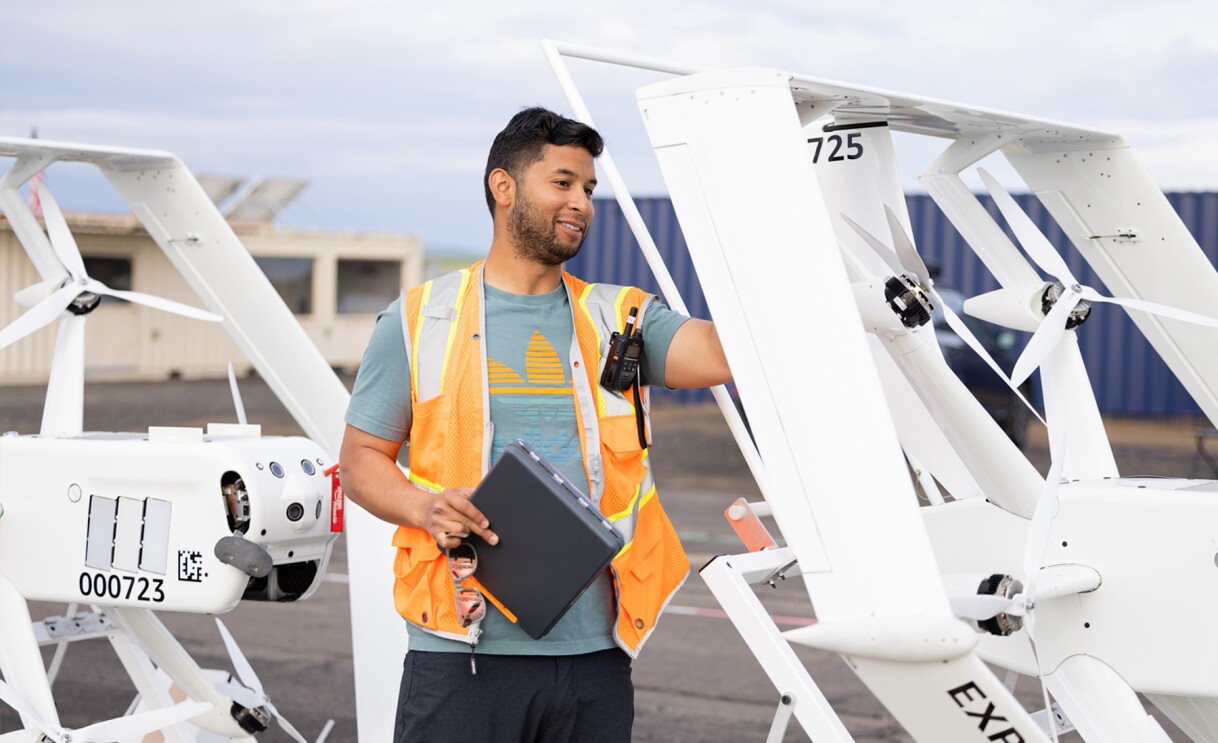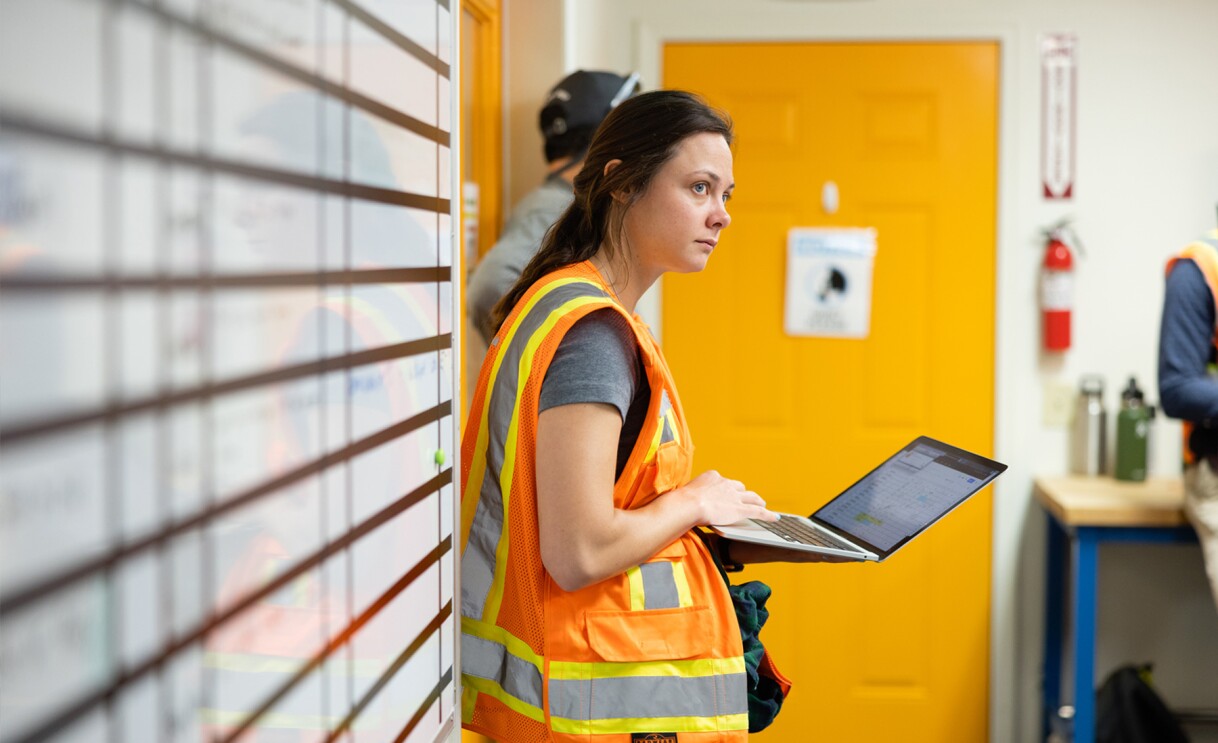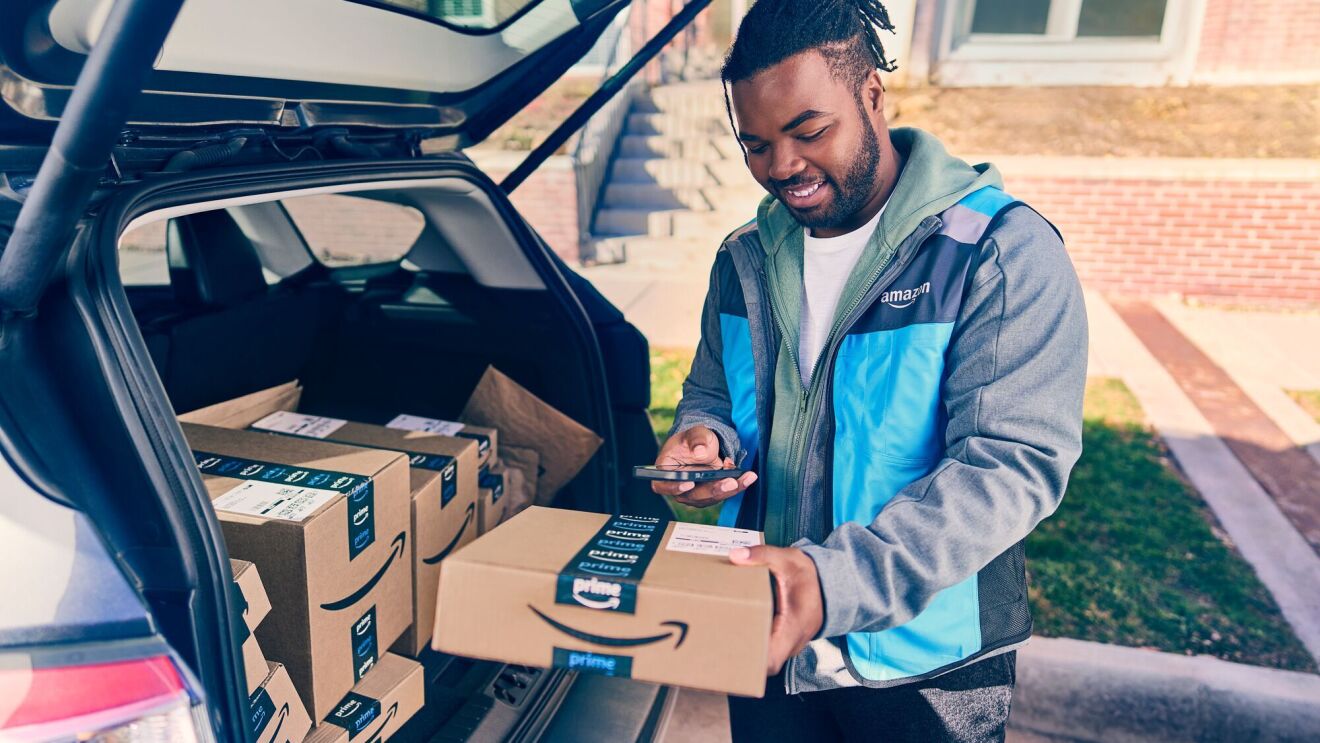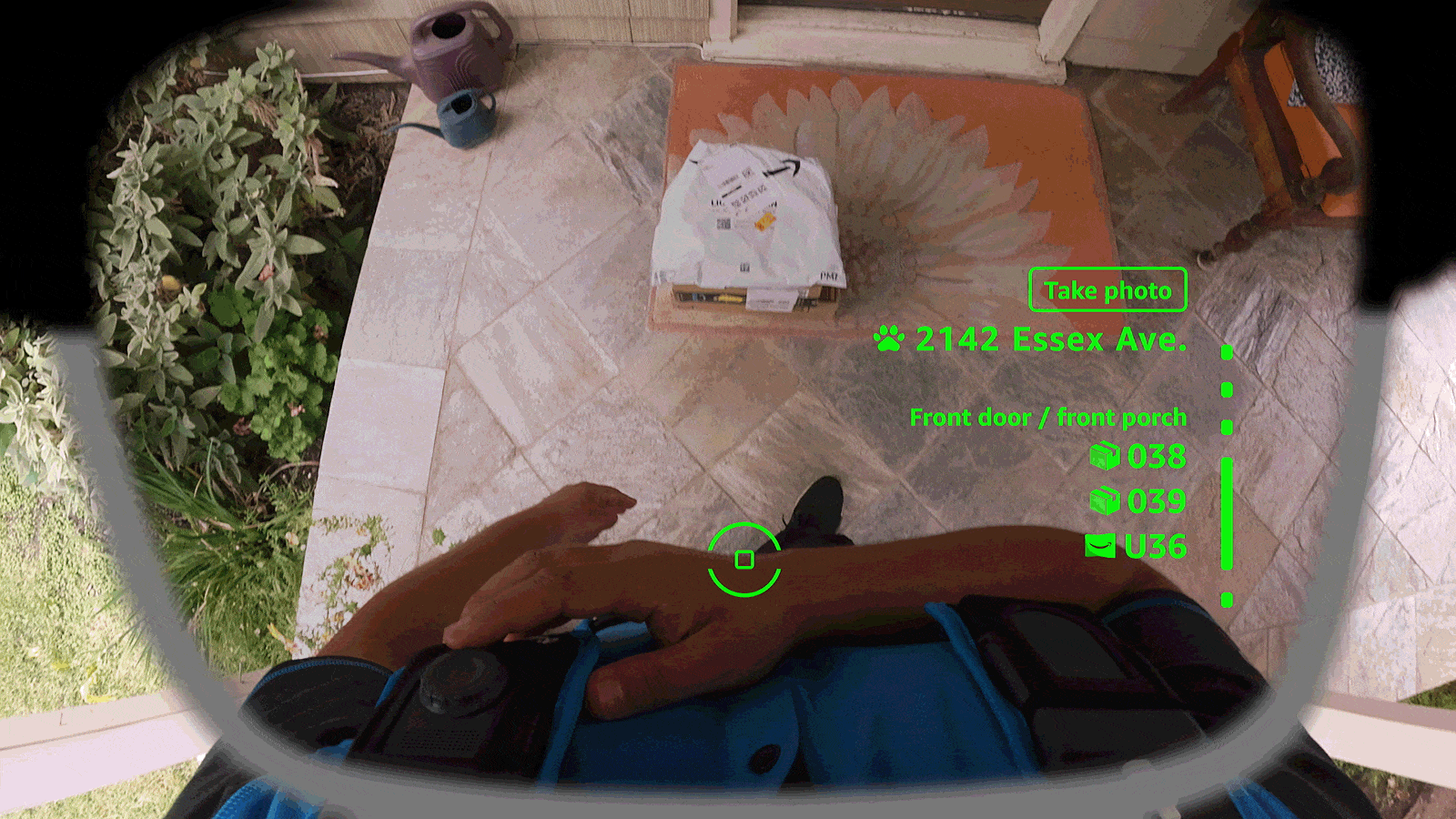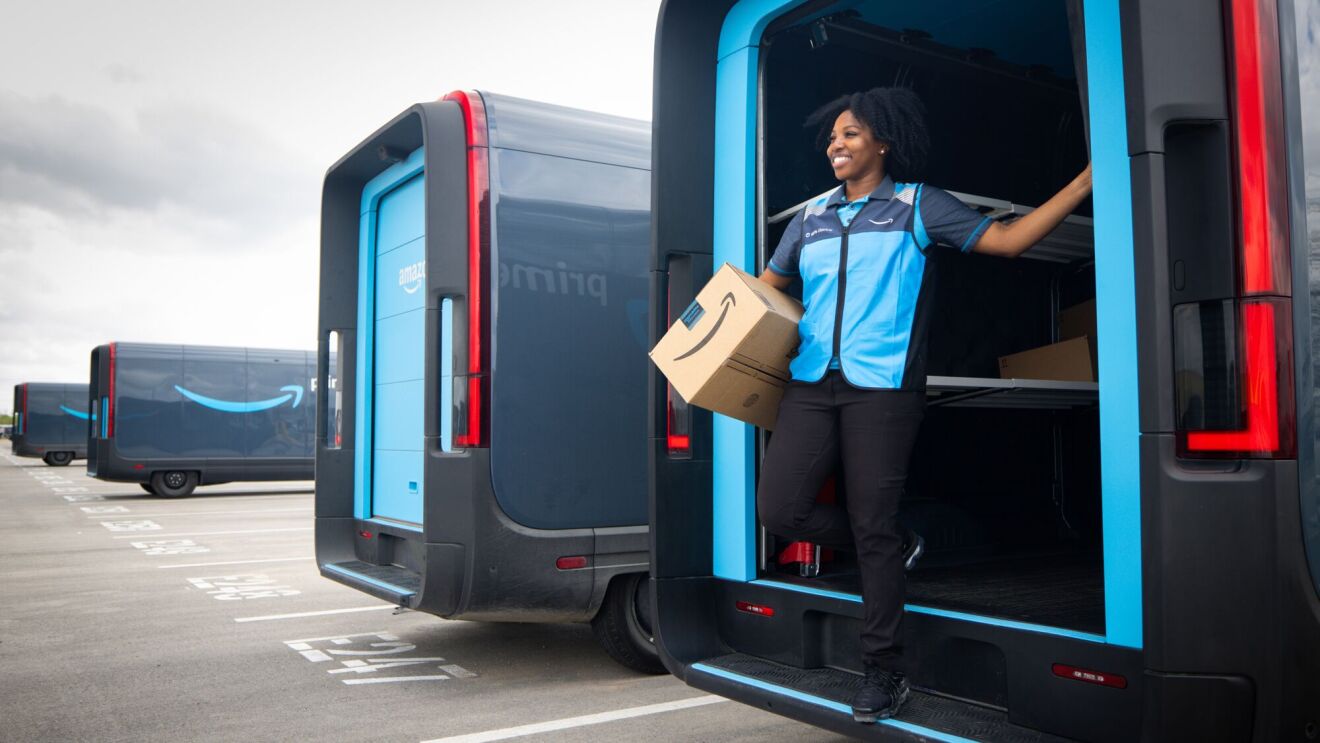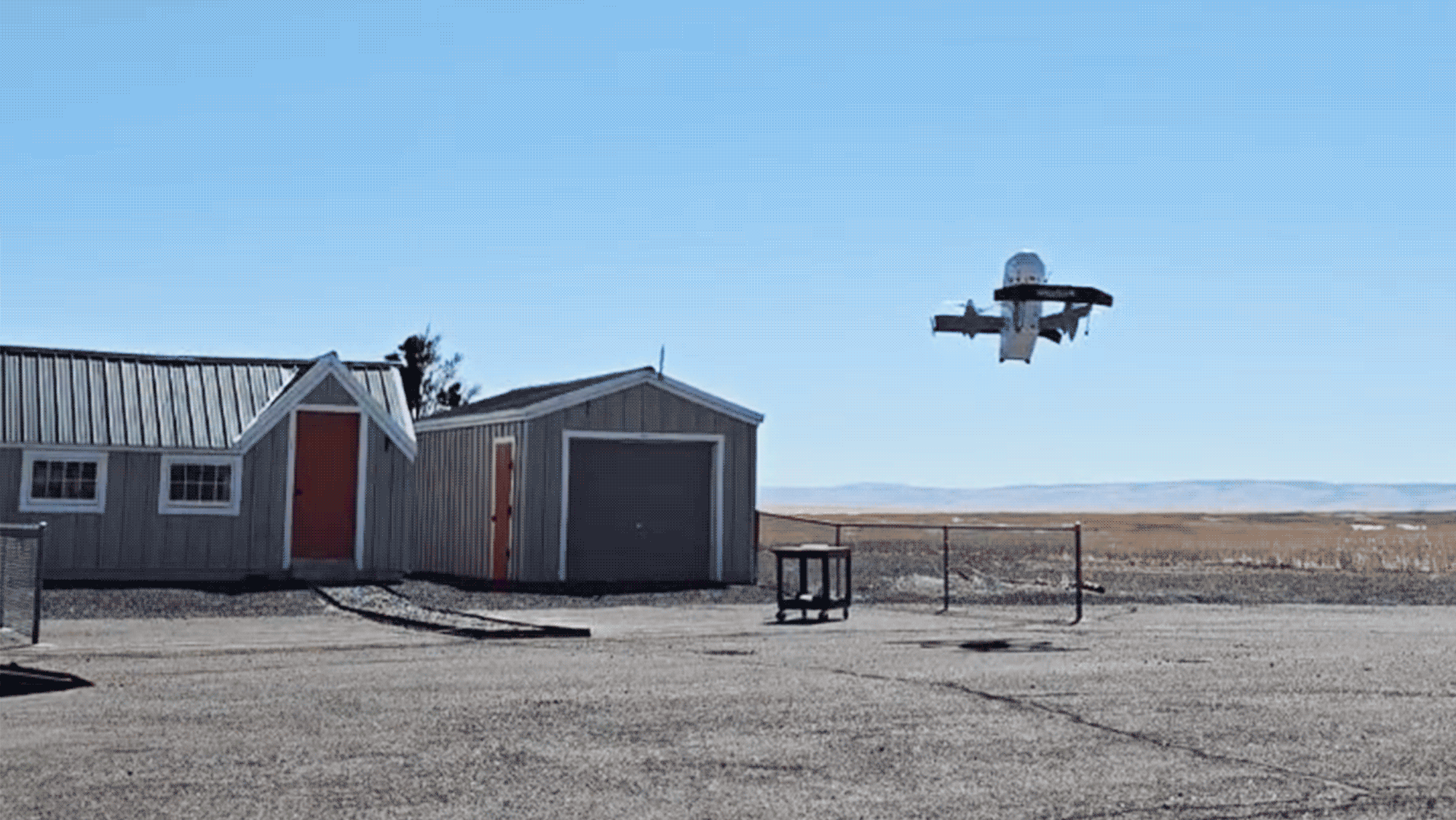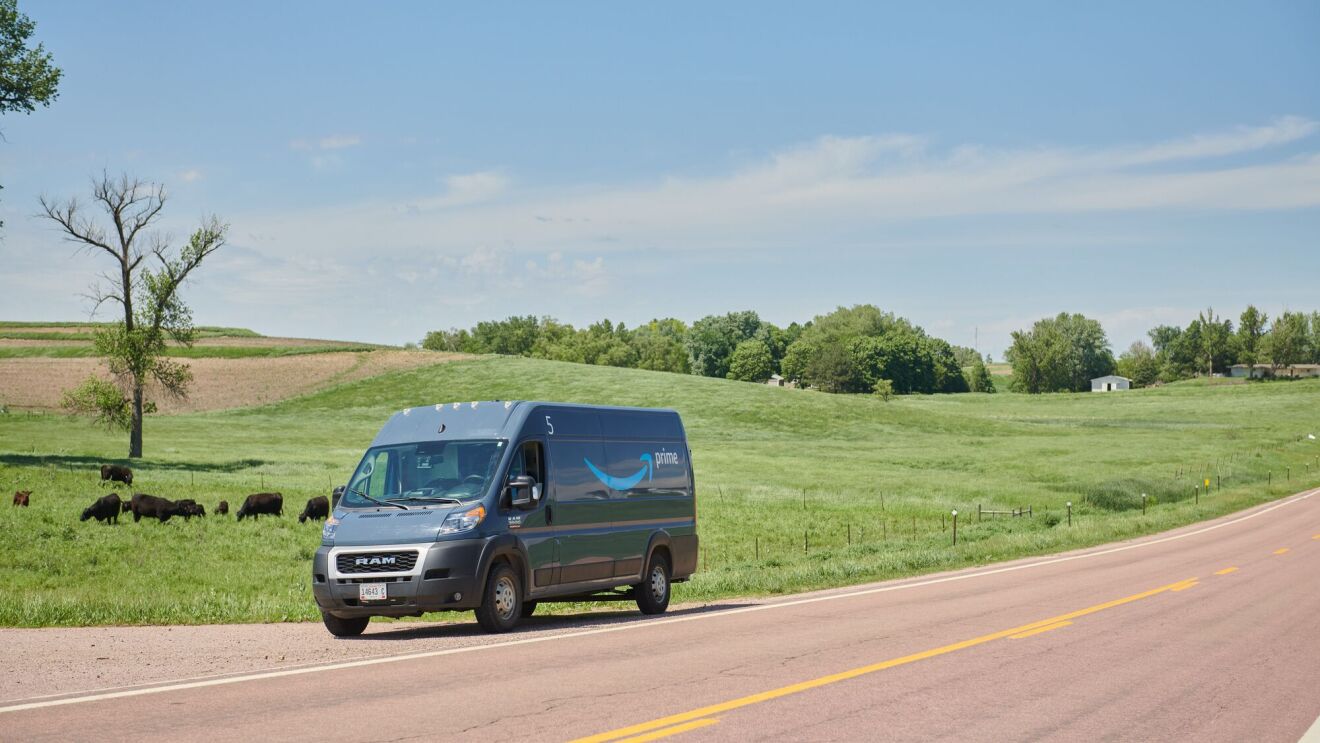When we first started Amazon Prime Two-Day Delivery 17 years ago, it was considered revolutionary. Getting packages to people where they wanted them—in a matter of days—was exciting and new.
Since then, we’ve developed new technologies and made investments in our logistics network that have helped us get packages to customers in two days, one day, and even on the same day. Now, another revolution is in the works, with Prime Air drones about to deliver to Amazon customers in under an hour, in a safe and scalable way.
It sounds like science fiction, but it’s happening. We’re building fully electric drones that deliver packages under 5 pounds to customers in less than 60 minutes.
But we know our customers will only feel comfortable receiving drone deliveries if they know the system is safe and reliable. While it’s impossible to eliminate all risks from flying, we’re taking a proven aerospace approach to design safety into our system.
So how do we do it? There are three components we focus on:
- The body: A robust drone developed using the same aerospace standards that design safety into our system, and are just as reliable as the ground transportation methods that serve our customers today.
- The brain: A sense-and-avoid system to ensure the aircraft is able to detect and stay away from obstacles in the air and on the ground, such as other aircraft and people and pets in backyards. With this system, our drone can encounter new, unexpected situations and still make safe decisions—autonomously and safely.
- The rules: We are creating an automated drone-management system to plan our flight paths and ensure there are safe distances between our aircraft and other aircraft in the area, and that we’re complying with all aviation regulations.
For almost a decade, we’ve been innovating in each of these three areas, with a team of safety, aerospace, science, robotics, software, hardware, testing, and manufacturing experts working to ensure our system meets the rigors required for an aerospace product.
01 / 04
State of play today
The logistics industry is abuzz with all things drones. But not all drone systems are equal. Some feature remotely piloted drones. Other drones are autonomous but blind, relying on ground-based communications systems for situational awareness, not able to react to the unexpected.
Then there are systems like Amazon’s, which uses a sophisticated, industry-leading sense-and-avoid system to help our drones operate safely and autonomously. If the environment changes, and the drone‘s mission commands it to come into contact with an object that wasn’t there previously, it will refuse. Designing and building a system like this was not an easy task. But from the start, the choice was clear. In order for this to make a difference at Amazon’s scale, a safe, truly autonomous drone was the only option.
Our approach to safety
Any car you drive is tested—that's how you know it’s safe. We’re developing our drones in the same way. Just as aircraft manufacturers test their new planes, or automakers test their new vehicles to failure before they go on sale, we test our drones in private and controlled facilities.
We rigorously test every aspect of the technology we build, learn from it, and update the system—that’s how we make advances in safety and autonomy. Each design has taught us something important and helped us improve the safety, reliability, and scalability of our service.
Our team has logged thousands of flight hours and put our drones through rigorous testing and evaluation. We safely test the limits of our drones in this controlled area in accordance with regulatory requirements to make sure the vehicle we use for delivery is a safe one.
Nearly a decade of building, testing, and iterating has taught us valuable lessons. In fact, just through the last two years of testing, we have made over 188 updates to our system that have improved aspects like noise and equipment ergonomics.
It’s why we now have some of the world’s most sophisticated hardware, software, and autonomy capability when it comes to drone delivery.
The near future
We received a Part 135 Air Carrier Certificate from the Federal Aviation Administration (FAA) in 2020. This means the FAA has authorized us to operate as an airline and deliver small packages via drone.
To receive Part 135 certification, we were required to submit detailed evidence that our operations are safe, and then demonstrate those operations to the FAA.
We developed and validated over 500 safety and efficiency processes, which formed the basis of our Part 135 submission. The FAA also rigorously inspected our drones and build process and practices.
We’ll use this certification—the FAA’s approval of our operating and safety procedures—to conduct deliveries later this year to customers living in Lockeford, California and College Station, Texas.
But we’re bringing more than drone delivery to Lockeford and College Station. Through these deliveries, we will create new jobs, build partnerships with local organizations, and help to reduce the impact of climate change on future generations by delivering packages via an electrically powered drone.
This is just the beginning. We are constantly redefining, iterating, and experimenting to meaningfully transform the customer experience. We look forward to continuing to learn as we methodically expand this program to more customers in months and years to come.
Our journey continues—stay tuned for updates.
Are you interested in working on bringing drone delivery to customers? See some of the Prime Air roles we're hiring for right now.



